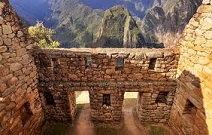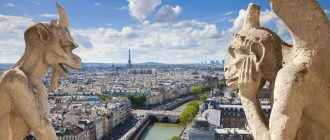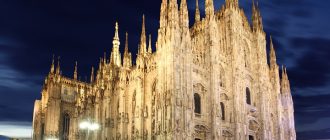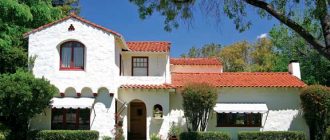The architectural features of Machu Picchu exhibit the unparalleled craftsmanship of the Incan stone-workers and architects, who applied simple yet elegantly proportioned forms to achieve precision and functionality. Read our guide for more facts and information…
The architecture used in Machu Picchu is considered to be exceptional, in view of the facts that it dates back to the fifteenth century and is located 2,430 meters above sea level on an Andean mountain ridge. Dominated by stone walls built from massive blocks of stone, the construction displays the Incas’ mastery over a technique called Ashlar. It is puzzling to consider how these blocks were transported to the site of Machu Picchu, given that there is no evidence that the Incas used the wheel. The quality of the architecture is demonstrated by the fact that the Machu Picchu remains have withstood the many earthquakes that have shaken Peru.
Materials, design and characteristic features
The buildings in Machu Picchu were built with locally available rock, such as limestone and granite. They were transported several kilometers as evident from the quarried blocks that were abandoned en route and remain till date. When it comes to design, the Incan buildings are dominated by gracefully proportioned trapezoidal windows and doorways, and wall niches, focusing on functionality but restraining from decoration. The only place where decorative elements were applied was probably the water-flows pertinent to cascading streams, stone spouts fountains and liturgical baths.
Another unique feature is that the stones are so closely laid that even a knife blade cannot be lodged between them. The Machu Picchu architect who was endowed with the stone cutting expertise probably used a technique called ‘scribing and coping’ to fit the stones like a jigsaw puzzle. Archaeologists have discovered fortress walls featuring notches, which indicate the use of supporting logs while the seat for the overlying stone was coped into shape. The walls were constructed to slope inwards, getting gradually thinner upwards. This ensured a remarkable stability that made them resistant to seismic shakes, which are common in the Andean region. Stairways were generally carved from the bedrock as seen in the way leading up to the ‘House of the Nusta’ in Machu Picchu.
The structural design of Machu Picchu
The Machu Picchu citadel is divided into two large sections namely, the urban sector on the north and the agricultural sector on the south. The sectors are split by a dry pit formed from a geological fault passing through Machu Picchu. The buildings follow the natural curves, dips and rises of the site. The urban sector consists of the main squares, palaces, temples, storehouses, workshops and water fountains. It measures 10 hectares, whereas the agricultural sector measures 20 hectares. There are four main squares, which are rectangular in shape, with sunken stairways in the terrace boundaries to interconnect them. The largest of them is the main square, which was the site of religious ceremonies and social gatherings.
The important structures of Machu Picchu
Temple of the Sun
Built on solid rock, this building is semi-circular in shape and composed of polished polyhedrons. It is shaped to merge with the natural curves and features two trapezoidal windows. The north side has a well-sculpted door with drilled holes in the jamb. In the west, there is a patio with nine entrance ways alternating with studs that are prism shaped.
The Intihuatana
It is a stone positioned on a terraced hill that can be accessed via 78 steps. The stairway opens to a patio with well-sculpted walls, and a platform with three granite steps and a rectangular prism in the center. Each corner of the prism is directed to each of the four cardinal points. The Intihuatana served as a solar year observatory and was used to measure time, i.e. the solstice and equinox, from the sun’s light and shadow. It was also used as an altar.
Temple of Three Windows
Located to the west of the main square, this temple has the most impressive architecture in Machu Picchu. It has a rectangular floor with two blind bays and three windows in the main face. The massive polyhedrons have been crafted and joined with matchless precision. Adjacent to the central column that supports the roof is a sculpted lithograph featuring meticulously polished molds and level portions.
Agricultural architecture
The agricultural terraces constructed on the mountainsides and river bottoms represent the most imposing constructions of the Incas. These terraces, known as Andenes, were made of stone retaining-walls with a bottom layer of coarse rubble for drainage and an upper layer of fertile top soil. In some places, the top soil was transported from the valley up the mountains. Each terrace is accessed by stepping stones in the terrace walls. The agricultural sector in Machu Picchu consists of Andenes that may have produced food for the residents of the Royal Estate.
Machu Picchu represents the architectural legacy left behind by the Incas. Inca walls still survive in significant buildings in Cusco and the 5-century old Andenes still grow crops for the modern-day Peruvians.





